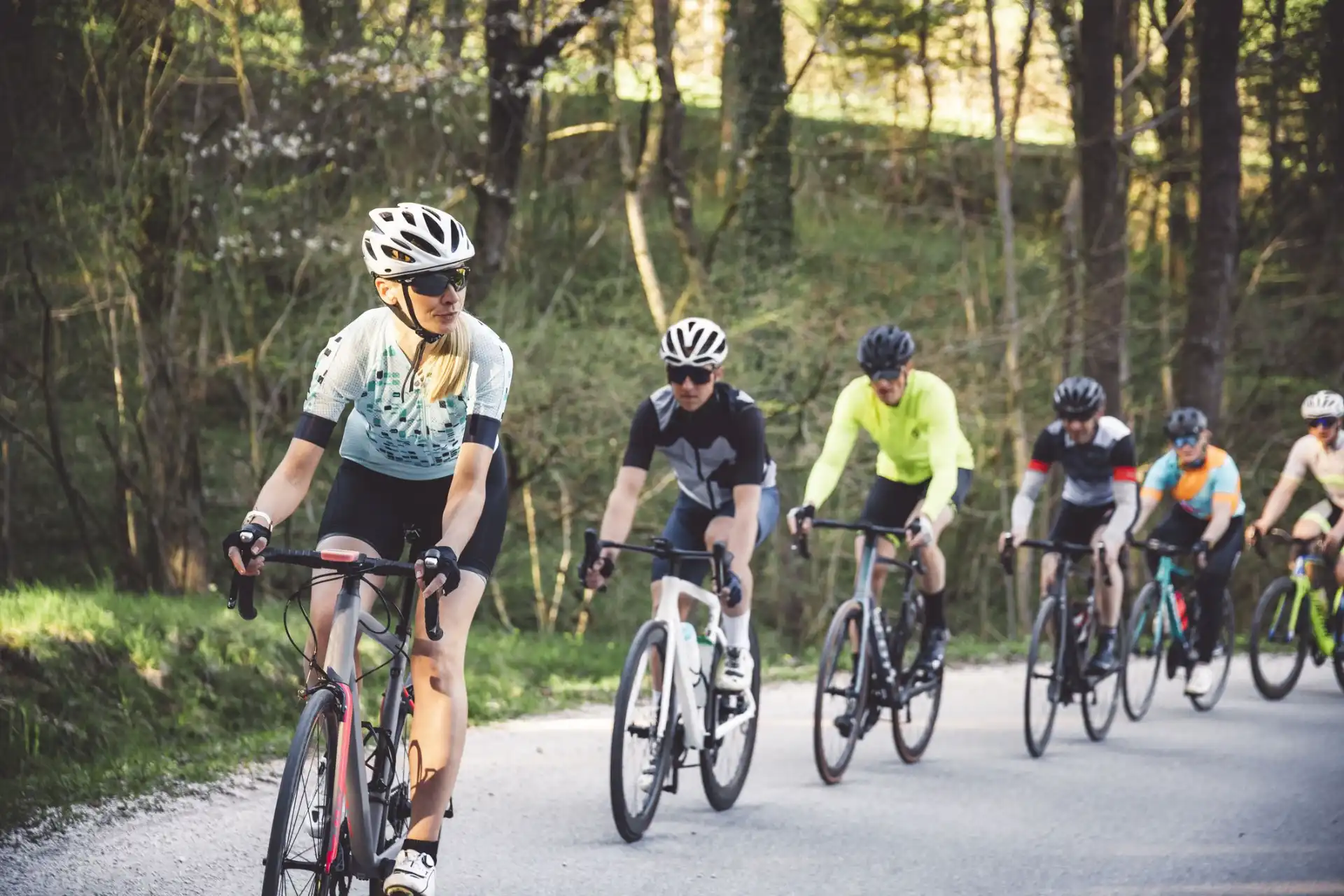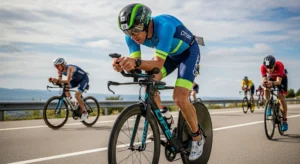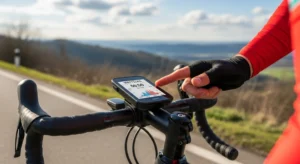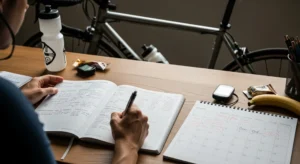Cycling is not only a fun and exhilarating way to explore the outdoors, but it’s also an excellent workout that can help improve your endurance, strength, and overall fitness. Whether you’re a beginner or a seasoned cyclist looking to up your game, there are several ways to enhance your cycling performance. In this blog, we’ll share expert tips to help you ride faster, longer, and more efficiently.
1. Focus on Building Endurance
Why It Matters: Endurance is key to improving your cycling performance, especially if you plan to go on long rides or participate in races. The longer and more consistently you ride, the better your body will adapt to the physical demands of cycling.
Expert Tips:
-
Gradually Increase Your Distance: To build endurance, start with shorter rides and slowly increase your distance each week. Aim to add 5–10 miles to your ride every week. This gradual increase will help you avoid burnout or injury.
-
Ride at a Steady Pace: During your longer rides, focus on maintaining a consistent pace. Avoid sprinting or pushing too hard at the start. Instead, find a pace that you can sustain for the duration of the ride. This will improve your stamina over time.
-
Longer, Slower Rides: Occasionally, dedicate one or two rides per week to endurance building by riding for an extended period at a steady pace, even if it’s slower than usual.
2. Improve Your Cycling Technique
Why It Matters: Efficient cycling technique can make a significant difference in your performance. By optimizing your pedal stroke, posture, and handling, you’ll reduce fatigue and increase your overall efficiency.
Expert Tips:
-
Perfect Your Pedal Stroke: Focus on using a smooth, circular pedal stroke rather than just pushing down. Try to apply equal pressure throughout the entire stroke: down, up, and around. This will help engage more muscle groups, improving your overall efficiency.
-
Correct Your Posture: Maintain a neutral spine, keep your elbows slightly bent, and relax your shoulders. Avoid hunching over the handlebars, which can cause back pain and limit your breathing. A good posture helps you ride longer and with less fatigue.
-
Handle Your Bike Like a Pro: Master basic bike handling skills, such as cornering, braking, and shifting gears. Being able to handle your bike confidently will help you ride more smoothly and efficiently, especially during races or on challenging terrain.
3. Incorporate Interval Training
Why It Matters: If you want to ride faster or increase your power output, interval training is one of the best ways to improve your cycling performance. By alternating between short bursts of intense effort and periods of rest, you’ll build strength and speed.
Expert Tips:
-
High-Intensity Interval Training (HIIT): Try doing short, intense bursts of effort, like sprinting for 30 seconds followed by 1–2 minutes of easy pedaling. Repeat this for 20–30 minutes, and do this workout 1–2 times per week. The high-intensity intervals increase cardiovascular fitness and leg power.
-
Hill Intervals: Find a hill with a moderate incline and sprint up it for 30–60 seconds, then coast down. Repeat this process for 20 minutes. Hill sprints help build strength, power, and improve your ability to tackle steep climbs.
4. Focus on Strength Training Off the Bike
Why It Matters: Strength training is essential for cyclists to build muscle and prevent injury. Strong muscles, particularly in your legs, core, and upper body, improve your overall power, endurance, and ability to maintain proper cycling form.
Expert Tips:
-
Leg Workouts: Incorporate squats, lunges, and leg presses into your routine to strengthen the muscles you rely on most when cycling. These exercises build the quads, hamstrings, and glutes, which are crucial for pedaling power.
-
Core Exercises: A strong core helps you maintain good posture and stability on the bike. Planks, Russian twists, and leg raises will engage your abdominal and lower back muscles, making your cycling more efficient.
-
Upper Body Strength: Don’t forget your arms, shoulders, and upper back. Exercises like push-ups, rows, and bicep curls can help you maintain proper posture and support your weight while riding.
5. Fuel Properly Before, During, and After Rides
Why It Matters: Nutrition plays a crucial role in cycling performance. What you eat can help you ride harder and recover faster. Proper hydration is also vital to ensure your body stays energized and performs at its peak.
Expert Tips:
-
Pre-Ride Fueling: Eat a balanced meal 1–2 hours before a ride that includes carbohydrates for energy, protein for muscle repair, and some healthy fats. A piece of whole-grain toast with peanut butter or a banana with yogurt is a great choice.
-
During the Ride: For rides longer than an hour, take in small amounts of carbohydrates every 30–45 minutes. Energy gels, bars, or fruit like bananas are excellent on-the-go fuel.
-
Post-Ride Recovery: After a ride, replenish your glycogen stores and repair muscles by consuming a mix of carbohydrates and protein. A smoothie with fruit, yogurt, and protein powder or a chicken sandwich with whole-grain bread is a great option.
-
Stay Hydrated: Drink water before, during, and after your rides. For longer rides or hot weather, consider drinking an electrolyte solution to replace lost salts and prevent dehydration.
6. Get Enough Rest and Recovery
Why It Matters: Rest and recovery are just as important as training. Without adequate recovery, you risk overtraining, which can lead to fatigue, injury, and diminished performance.
Expert Tips:
-
Listen to Your Body: Pay attention to signs of fatigue or soreness. If you feel too tired, take a day off to rest and recover.
-
Sleep: Aim for 7–9 hours of sleep each night. Sleep is when your muscles repair and grow stronger, so it’s crucial for improving cycling performance.
-
Active Recovery: On rest days, try light activities like stretching, yoga, or easy spinning on a stationary bike to keep your muscles loose without overexerting them.
7. Invest in Your Bike and Gear
Why It Matters: The right bike and gear can make a huge difference in your performance. An improperly fitted bike or uncomfortable gear can slow you down and increase the risk of injury.
Expert Tips:
-
Get Your Bike Fitted: A professional bike fitting can ensure your bike is the right size and adjusted for optimal comfort and performance. Proper saddle height, handlebar position, and pedal alignment will improve your power output and reduce fatigue.
-
Upgrade Components: If you’re serious about improving performance, consider upgrading key bike components like your wheels, tires, and drivetrain for better speed, efficiency, and comfort.
-
Wear Performance Gear: Invest in high-quality cycling clothing, including padded shorts and moisture-wicking jerseys, to improve comfort on longer rides. Aero helmets and gloves can also reduce wind resistance and improve your cycling performance.
Conclusion
Improving your cycling performance takes time, dedication, and the right approach. By focusing on endurance, technique, strength training, fueling, recovery, and the right gear, you can unlock your full cycling potential. Remember, progress may be slow at first, but with consistent effort, you’ll see significant improvements in your speed, endurance, and overall cycling abilities. Keep pushing yourself, and don’t forget to enjoy the ride!




